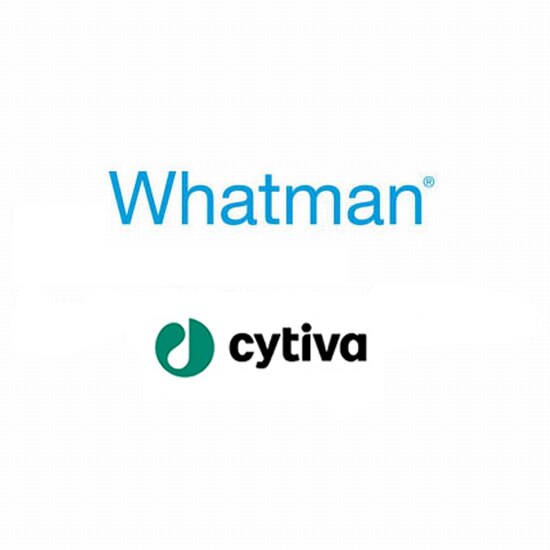
Perform capacity studies (column) with purified protein (only binding steps) Choose media and wash or elution conditions by screening in platesĢ. Table 1 shows the properties of the Fab.ĭuring the set-up of this three-step process, a general workflow was used with the purpose of minimizing the development time by using High Throughput Processġ. With its recombinant protein L ligand, Capto L is a BioProcess™ chromatography medium with a broad range affinity for antibody fragments of different sizes containing kappa light chains (Fig 1).Ī three-step Fab purification process using Capto media Here we describe an example of using Capto media in a purification process of a kappa subclass Fab originating from an E. With the introduction of Capto L, the first industrial platform for the purification of antibody fragments is now emerging. Antibody fragments, however, have previously lacked such a platform solution. The high purification factor and generic conditions associated with this approach have proven particularly attractive to biopharmaceutical manufacturers. The industry standard for purifying MAbs is a platform approach using affinity chromatography with protein A as the capture step. One of the advantages is that due to their structure and smaller size, antibody fragments possess properties (e.g., easier tissue penetration) that suit a range of diagnostic and therapeutic applications. This platform approach enables increased efficiency and productivity in developing therapeutics based on antibody fragments.Īntibody fragments (e.g., Fab, scFv, domain antibodies, etc.) are set to become the next important class of proteinbased biotherapeutics after monoclonal antibodies (MAbs). Using Capto™ L, Capto SP ImpRes, and Capto Q media in the three step process resulted in efficient removal of the main contaminants and high yields (≥ 87%) over the entire process. This general approach supports Quality by Design (QbD), where the plates give the characterized space and the DoE in columns render both the design and the control space. Design of Experiments (DoE) was used to further optimize the conditions for each step. Next, capacity studies were performed in small columns with purified protein, and elution studies in columns were performed to find the optimal elution pH.

First, chromatography media (resins) were screened in 96-well PreDictor™ plates, using wide wash and elution conditions. This Application note describes a three-step purification process of a Fab originating from an E.


 0 kommentar(er)
0 kommentar(er)
